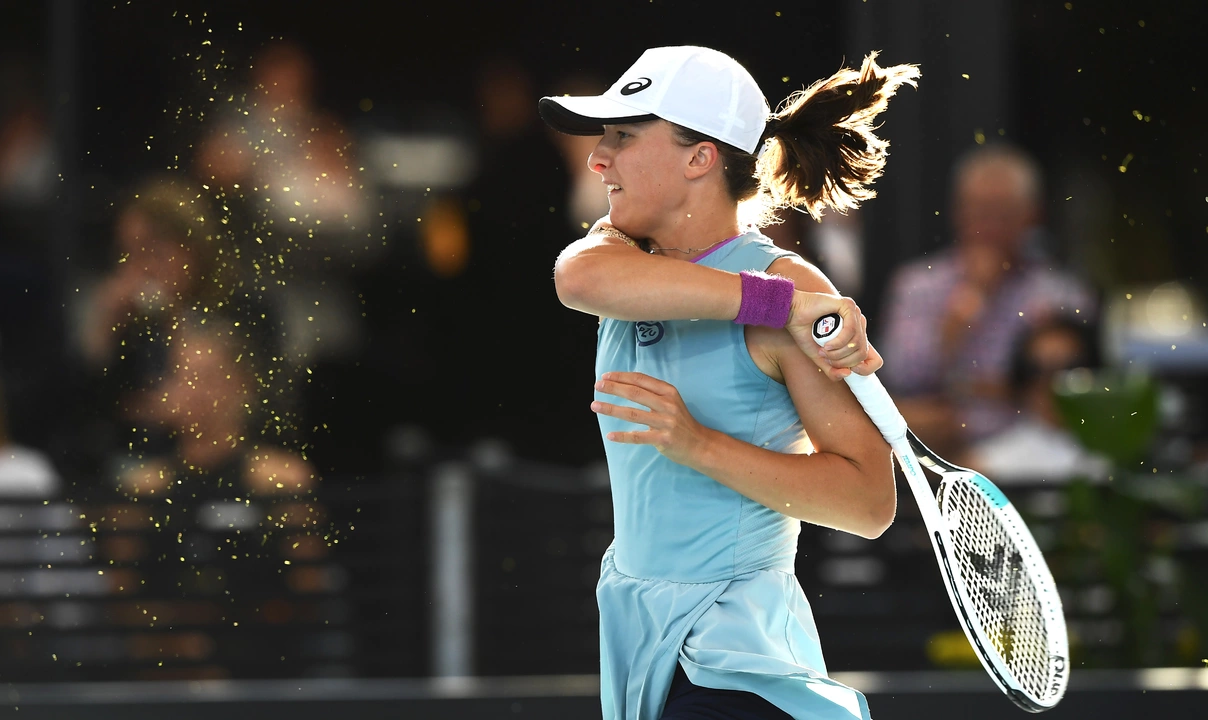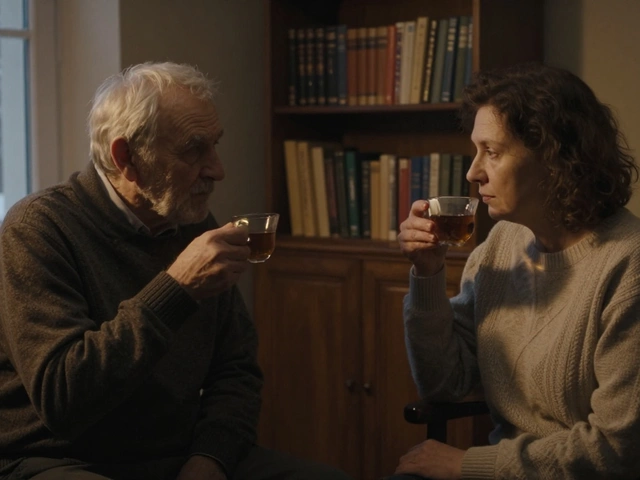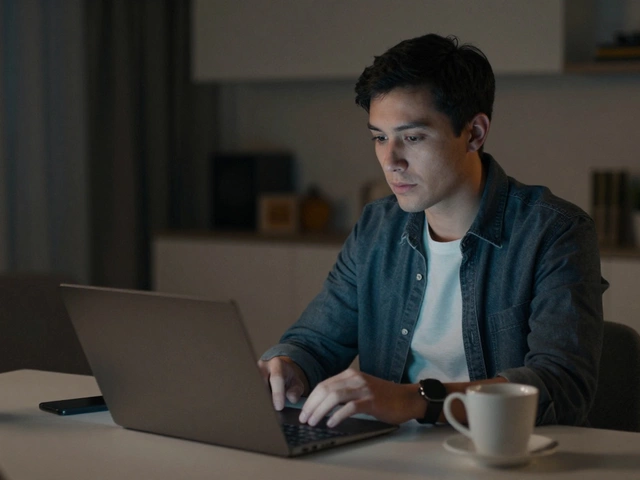Young Tennis Players: Boost Skills, Gear Up, and Stay Inspired
If you or someone you know is just starting out on the court, you’ve landed in the right spot. This page pulls together the most useful advice, equipment picks, and real‑life stories that help kids and teens get better, have fun, and stay motivated. No jargon, no fluff – just plain talk you can put into practice right now.
Training Tips for Junior Players
First thing: keep the practice sessions short and focused. A 30‑minute drill that hits a specific skill (like a forehand push or footwork split step) works better than a two‑hour marathon where attention drifts. Use games – rally contests, target zones, or mini‑matches – to keep the excitement high.
Second, make consistency your goal, not perfection. Have a simple routine: warm‑up, a handful of skill drills, a quick match, and a cool‑down stretch. Repeating the same routine every few days builds muscle memory faster than constantly changing exercises.
Third, let the kid watch the pros. A quick clip of a junior Grand Slam match shows how the pros move, position, and bounce back after a mistake. Encourage the player to copy one small detail – like the way a champion positions their non‑dominant foot before a serve – and then practice that alone.
Choosing the Right Racket and Gear
Most beginners think a big brand name means a better racket, but the sweet spot is size and weight. For kids aged 8‑12, a 26‑27 inch length with a head size around 100‑105 sq in and a weight under 260 g works well. It gives enough power without hurting the wrist.
Grip size matters too. The easiest test: hold the racket and slide a finger between the base of your thumb and the palm. If it fits snugly, you’ve got the right grip. A wrong grip leads to bad strokes and elbow pain, especially for young players prone to tennis elbow.
Don’t forget shoes. A tennis‑specific shoe with good lateral support prevents ankle rolls during quick direction changes. Look for a breathable upper and a non‑marking sole for indoor courts.
Lastly, keep the gear simple. A basic wristband to wipe sweat, a water bottle, and a light bag are all you need. Fancy accessories can distract from the real work on the court.
Beyond drills and equipment, the biggest boost comes from encouragement. Celebrate small wins – a clean backhand, a better footwork pattern – and keep the pressure low. When a young player feels safe to make mistakes, they learn faster and stay in the game longer.
Got a question about a specific drill or need help picking a racket? Check the posts under this tag for deeper dives, expert tips, and stories from other young athletes who’ve been there. Use what you learn, experiment, and watch the progress roll in.
In recent years, we've noticed a trend of young tennis players struggling to win the Grand Slams. One reason could be the dominance of seasoned players like Federer, Nadal, and Djokovic, who continue to maintain a tight grip on these titles. Additionally, the physical and mental demands of Grand Slam tournaments can be overwhelming for young players, making it difficult for them to consistently perform at their highest level. Lack of experience also plays a role, as navigating high-pressure situations is a skill that takes time to develop. Lastly, the increased competitiveness in the tennis world has raised the bar, making it tougher for young players to break through and claim those prestigious titles.
Continue reading...



